Contents
Where should I go after visiting Nagoya Castle?
The Cultural Path (Bunka-no-Michi 文化のみち) is a historical area located east of Nagoya Castle. This area was originally a residential district for mid-ranking samurai. After the Edo period ended (1868), it became a neighborhood filled with the homes of successful businessmen, reflecting a blend of traditional and Western-style architecture.
Today, the Cultural Path is a popular walking route where visitors can enjoy elegant historic houses, museums, and peaceful streetscapes. It offers a glimpse into how Nagoya transformed from a feudal city into a modern urban center.
Maps of Cultural path
Nagoya City Archives
Nagoya City Archives is a red-brick building built in 1922, preserving official documents and showcasing Nagoya’s history and architecture.
Shumokukan
Shumokukan is a Western-style house built in the Taisho era (1926). It blends Japanese and Western design, showcasing elegant architecture and offering a glimpse into Nagoya’s modern history.
Futabakan
Futaba Museum , also known as the Former Residence of Sadayakko Kawakami, is located in Shumokuchō, Higashi Ward, Nagoya. Built in the early Taisho era(1920), it showcases the life of Japan’s first actress and features a beautiful blend of Western and Japanese architecture.
Former Sasuke Toyoda residence
The Former Sasuke Toyoda House , built in 1915, was the residence of Sasuke Toyoda, a key member of the Toyota family. It’s linked to the Toyota Group and showcases elegant Taisho-era Japanese-Western architecture.
Taiko Chikaramachi Honten
Taiko Chikaramachi Honten in Nagoya is a historic restaurant located in a traditional townhouse. With a long history, it preserves classic architecture, offering visitors an elegant dining experience in a building that reflects Nagoya’s cultural heritage.
Kenchuji temple
Kenchuji Temple , built in 1651, is the family temple of the Owari Tokugawa clan. Known as Nagoya’s largest wooden structure, it miraculously survived World War II air raids and remains a precious historical site today.
Chikaramachi Catholic Church
The Chikaramachi Catholic Church in Nagoya, built in 1904, is a historic church with beautiful Gothic-style architecture. It serves the local Catholic community and stands as a symbol of the city’s religious and cultural heritage.
Former Tetsujirō Haruta House
The Former Tetsujirō Haruta House in Nagoya was built around 1924 for Tetsujirō Haruta, a successful ceramics trading merchant. Designed by architect, it features a Western-style front building with a Japanese-style annex and is designated a scenic important building.
Chikaramachi Nagayamon
Chikaramachi Nagayamon is a historic gate in Nagoya’s Higashi Ward, part of a traditional townhouse complex. Built in the Edo to Meiji period, it showcases classic wooden architecture and reflects the city’s efforts to preserve its cultural heritage.
Nagoya Ceramics Hall
The Nagoya Ceramics Hall is a historic building showcasing Nagoya’s rich ceramic industry. It hosts exhibitions, events, and sales of local pottery, preserving traditional craftsmanship while promoting the city’s cultural heritage and ceramic artistry to visitors.
Tokugawa garden
Tokugawa Garden in Nagoya, created in 1930 on the former Owari Tokugawa family estate, is a traditional Japanese landscape garden featuring ponds, tea houses, and seasonal plants, offering visitors a serene glimpse into historical aristocratic life.
Tokugawa art museum
The Tokugawa Art Museum in Nagoya, opened in 1935, houses the Owari Tokugawa family’s treasures, including samurai armor, swords, calligraphy, and Noh costumes. It preserves and displays Japan’s cultural heritage, offering visitors a deep insight into aristocratic life and traditional arts.
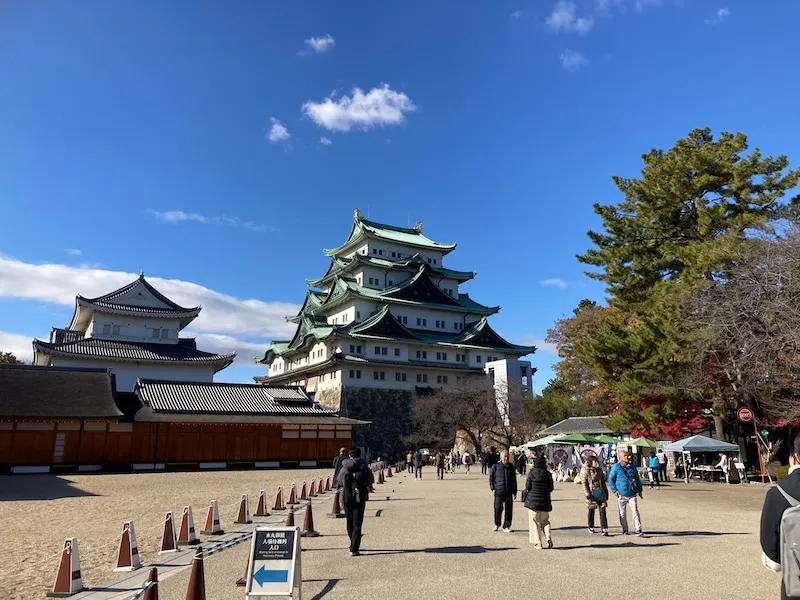
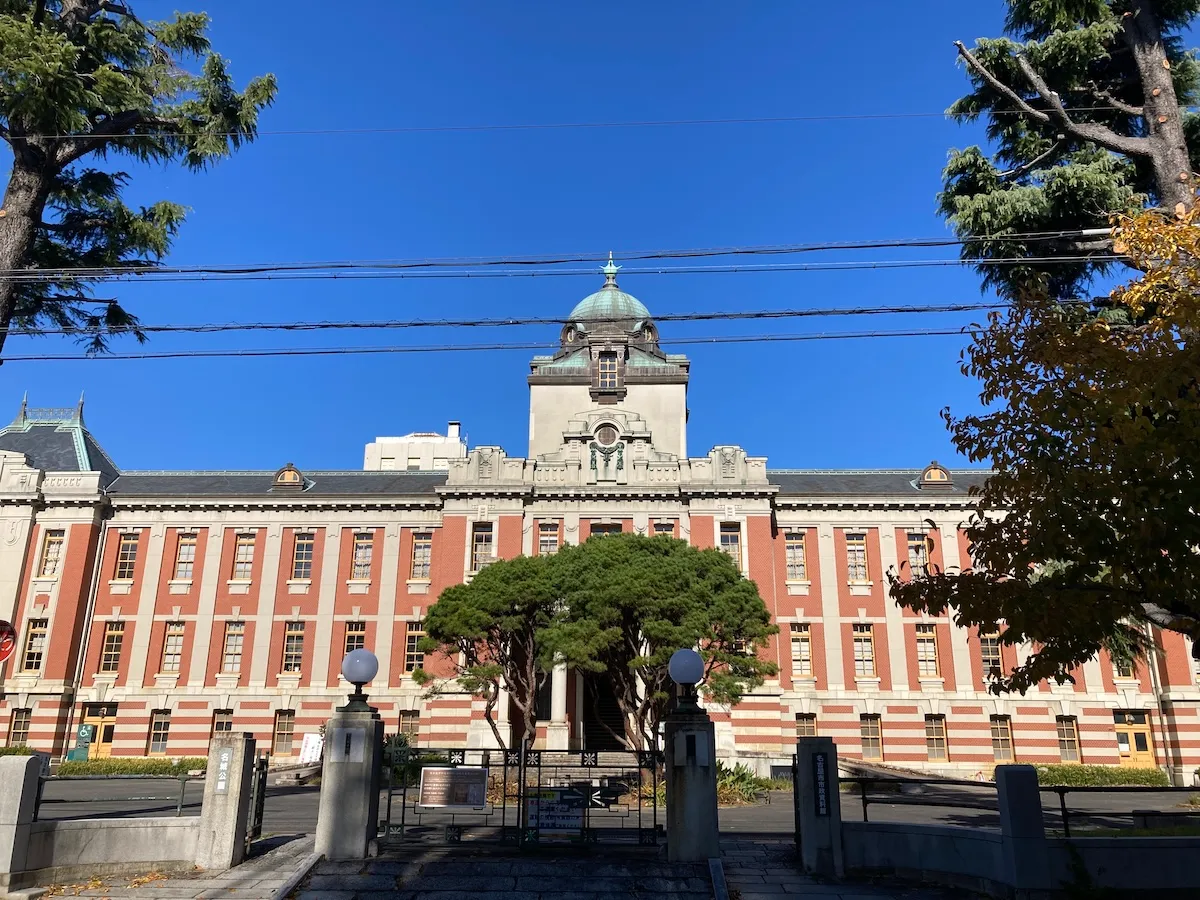

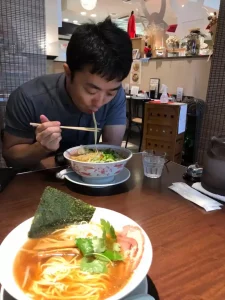
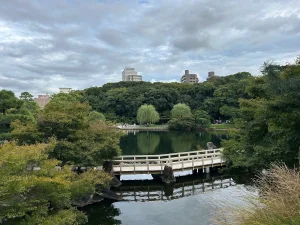
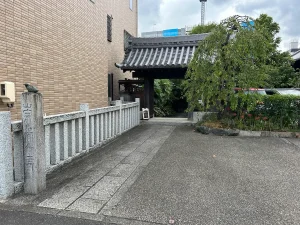
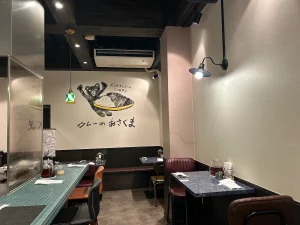
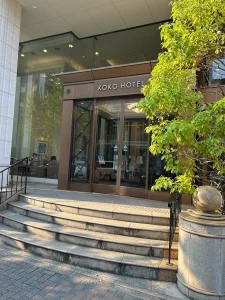
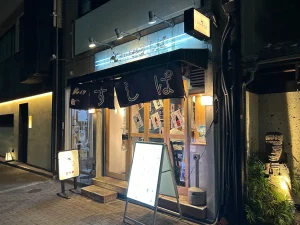
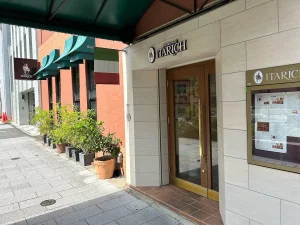
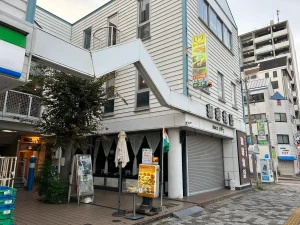
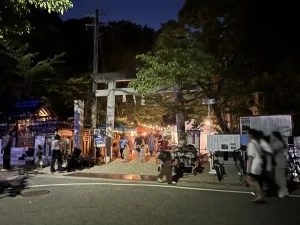
LEAVE A REPLY